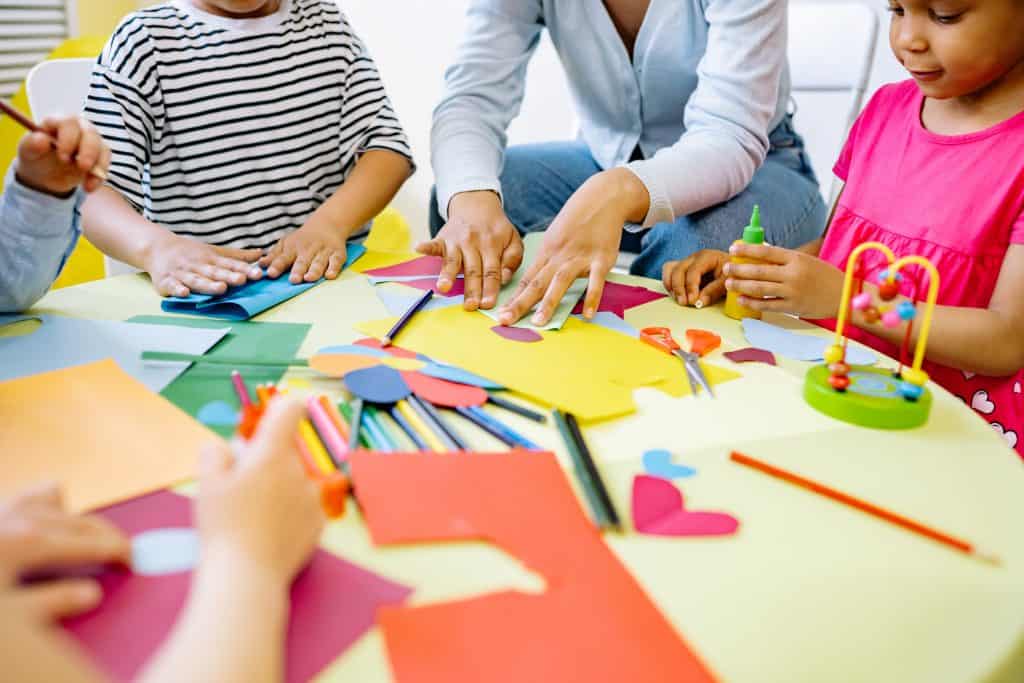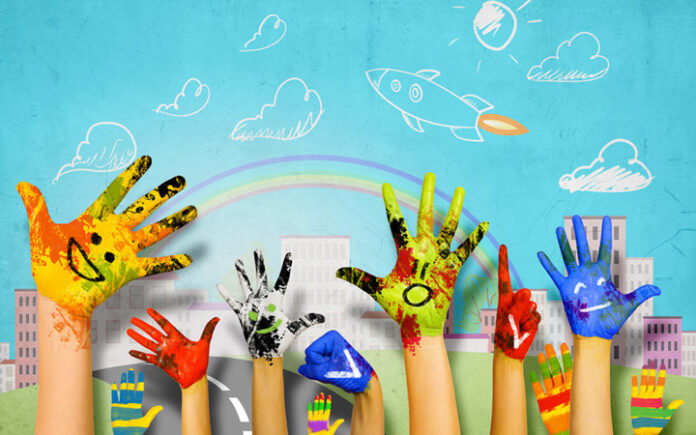Music, drawing, painting, making tactile clay and cardboard sculptures – the accessibility of art helps children with disabilities in many ways. Art education helps children express themselves, develop social and communication skills, and build relationships with peers. It is often used in important clinical and therapeutic work too.

4 tips for making art and music more accessible
- Use what you already have! Remember, art and music are already accessible! You don’t need anything very special for inclusive art education.
- Implement simple adaptations that can help kids explore the art. For example, who says you need a paintbrush to paint? Toy cars that can be pushed without much exertion or grip, sponges, or even hands can all be used as alternatives to paint brushes.
- Explore tactile art by thinking in 3D. . Working with clay, cardboard or velcro, making textural collages, and incorporating scented materials are just a few of the many ways you can use for accessible art programs.
- Study the greats. When it comes to inclusive art education, well there’s no shortage of famous artists or musicians who have had visual impairments, for example.
The reasons why art education is so important
Art is a means of self-expression, and this fact makes it extremely important in the education of children with disabilities. The process of creating also builds vital life skills like communication, socializing, and even physical mobility!
- Working in groups kids need to learn to share things. So the activity of creating art, where kids might be sharing crayons or something like that, will help them learn behaviorally. It helps them understand that they sometimes have to share what they have.
- The art can also be communicative. A child with limited communication skills might learn to play loud and fast on a musical instrument to show excitement, for example.
- Art education can build physical skills, too! If a child with mobility problems can develop the strength and orientation to reach for a pencil or tap the keys on a piano, they can use those skills when reaching for a spoon or learning to type on a computer.
Overall, freeing up the ability to express themselves through the brushstroke, papier-mâché stroking, and plasticine roll, art education introduces children to endless creative techniques and many fascinating art forms.
Art education can give a strong sense of confidence and agency, and promote social interaction and communication.

























